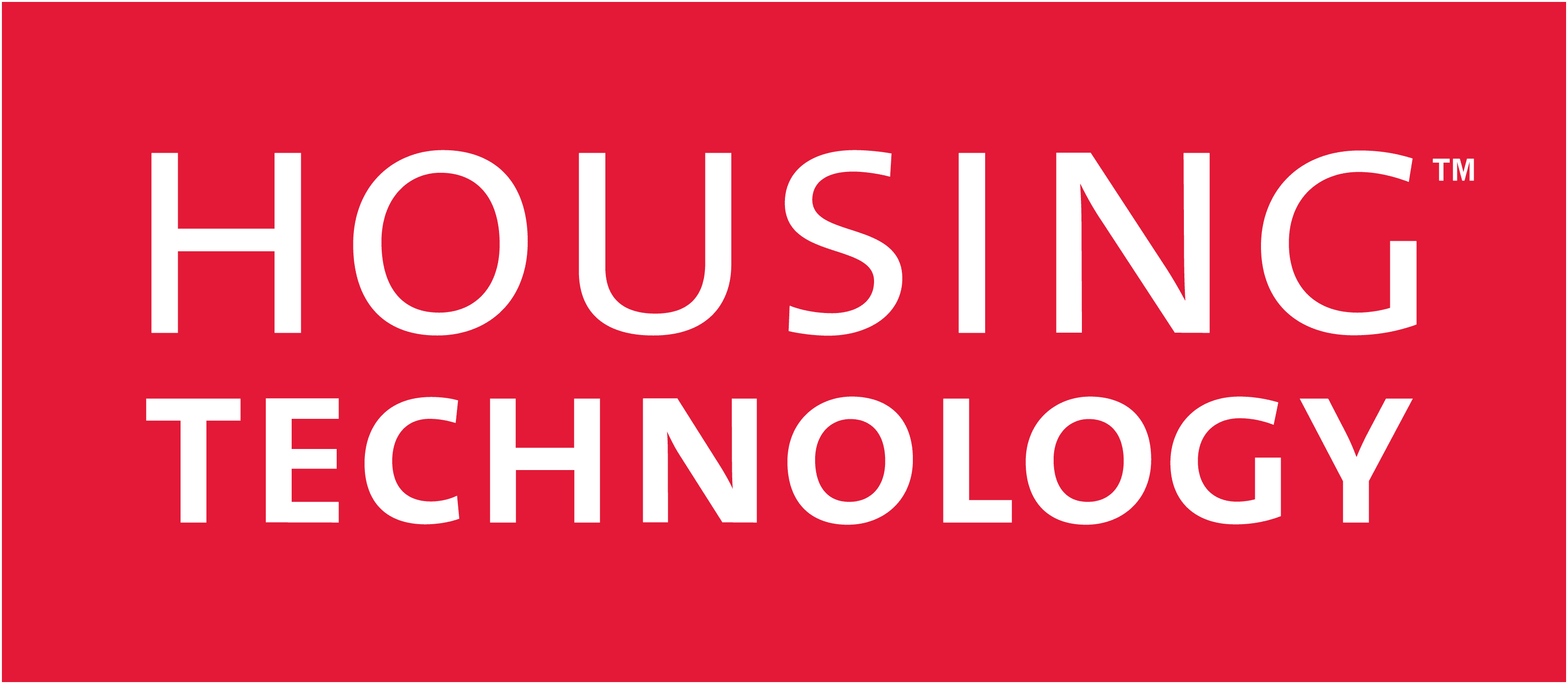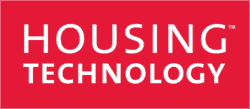The last four years have been a rollercoaster ride for IT directors and external IT providers and consultants in the housing sector. Housing providers are increasingly turning to the structures and procurement boundaries created by framework agreements to help with governance, auditable accounting and cost savings.
The role of IT directors within housing is becoming more and more demanding with static or even shrinking budgets, pressure to make changes quickly, increase returns on investments and reduce the total cost of ownership. This is at the same time as trying to strategically determine future-proofed services that take advantage of all the functionality and business opportunities of the latest IP- and cloud-based technologies.
For IT suppliers to the housing sector, creating avenues for easy access to the services that IT directors are looking for is convoluted and often difficult to achieve without the additional financial constraints that are passed on.
Since the advent of procurement frameworks, both public and private sectors have had the opportunity to browse and buy the services they want and reduce the need to jump through exhaustive and expensive procurement hoops while enjoying savings and excellent returns.
Forever changing buzzwords
Naturally, this has its own set of limitations. The average framework agreement is a four-year contractual cycle which, in IT terms, an epoch in its own right. A few years ago, the buzzwords surrounding technology were server virtualisation and voice over IP (VoIP); these are both now standard throughout the IT industry.
At the same time, cloud computing was very much in its infancy, yet now it is discussed as if it has been with us for ever. Meanwhile, the frameworks and procurement lots are struggling to catch up with a fast and diverse technology revolution. The technology sets and services that will be available to the sector in the next few years are hard to envisage and therein lies the supplier’s problem.
Commodity products & services
Since the beginning, framework agreements have worked well for a range of commodity products and services; standard items such as boilers, white goods and windows are relatively easily placed and determined by a simple requirement statement matched to a specific framework and procurement lot. From a technology perspective, this can also be seen through commoditised services such as mobile telephone and PSTN connectivity. As such, the framework system is ideal as it provides the vendor with an amount of technical evaluation that allows for an off-the-shelf service to suit the business.
The situation becomes less straightforward when we take on services that are being designed to fit a specific business model using new or state-of-the-art technologies still in development or in a process of radical improvement.
Indeed, the technology supplier has other concerns to cater for, such as best-of-breed solutions that are relevant now and still need to be in five years’ time with clear paths for growth and improvement. These require a mixture of state-of-the-art technology combined with the cost-effectiveness resulting from the frameworks’ standardisation.
Ensuring future relevance
Technical directors are now attempting to achieve much more for much less than ever before. Taking a helicopter but detailed view over the services they need include the standard requirements of scalability (in either direction), sustainability, resiliency and strong business continuity. Furthermore, the services need to be cost-effective and stable today yet take into account the new services that might be relevant in four years’ time which are only now being murmured about.
The areas that have now been commoditised but were previously considered to be bespoke, such as calls and lines, PSTN provisioning, internet service provision and mobile phones, have all gone through the same mill that the current technology trends are going through. As these services mature, they will join their predecessors in the frameworks and procurement lots, thereby providing technology vendors with common ground to provide services cost-effectively and without the need for costly third-party assessments of requirements and design.
At the time of writing, our team at ConvergeOne expects to see more and more cloud services becoming available via procurement frameworks and we anticipate that in the near future housing providers will need less technology consultancy and more service consultancy.
Ian Warburton is technical director of ConvergeOne.

